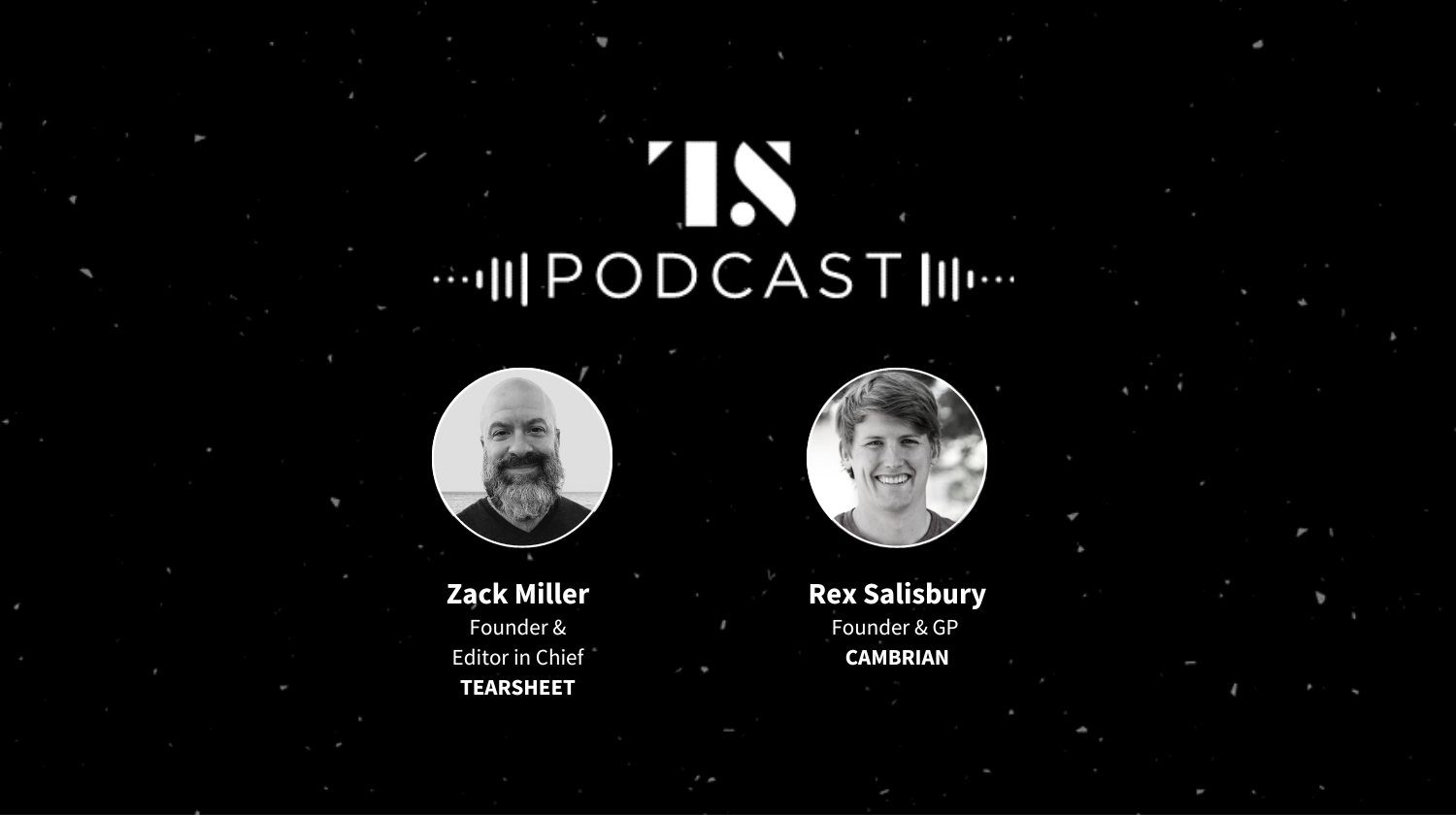Podcasts
‘My goal is to be the most helpful investor through the first 24 months of a company’s history’: Rex Salisbury
- Today’s guest on the Tearsheet Podcast is Rex Salisbury, entrepreneur, investor, and builder.
- Rex talks about his time at a16z, why he looks to invest in ‘deep, boring, and broken’ spaces, and why ‘fintech at the intersection of something’ is a good investment strategy.








